Domain Eukaryota Subclass Coccidiasina Suborder Eimeriorina Scientific name Cystoisospora Rank Genus | ||
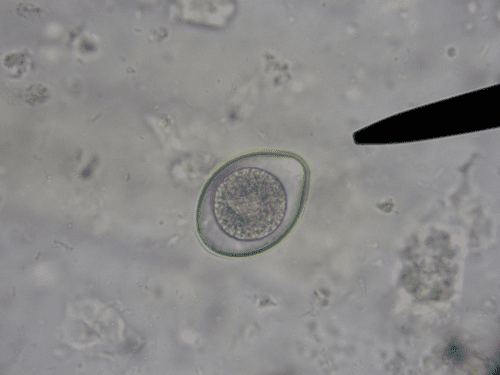 | ||
Similar Cystoisospora belli, Isospora, Coccidia, Hammondia, Apicomplexa | ||
Parasites of the immunocompromised host cystoisospora belli
Cystoisospora is a genus of parasitic alveolates belonging to the phylum Apicomplexa.
Contents
- Parasites of the immunocompromised host cystoisospora belli
- Cystoisospora cati
- Taxonomy
- Life cycle
- Epidemiology
- Clinical
- Prevention
- References
Cystoisospora cati
Taxonomy
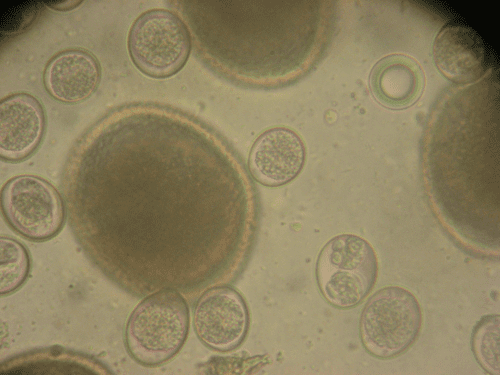
This genus was originally created by Frenkel in 1977. Its use was discontinued but was resurrected in 2005 by Barta et al. This genus is currently used to group species that have tetrasporozoic, diplosporocystic oocysts without Stieda bodies in their sporocysts. These species infect the entrocytes of mammals and are transmitted by the orofaecal route.
DNA analysis has shown that this genus belongs to the family Sarcocystidae.
The type species of this genus is Cystoisospora felis.Wenyon 1923
Life cycle

This parasite has been isolated from dogs, cats and raccoons. C. belli has been isolated from immunosuppressed humans — particularly those with HIV infection.
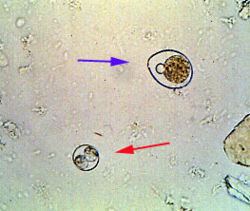
These parasites normally infect the entrocytes of the small intestine and are spread by the orofaecal route. The definitive hosts are cats but other species including various species of rodents may be infected. No further development occurs in these paratenic hosts and the parastites remain dormant until ingested by a definitive host.
Epidemiology
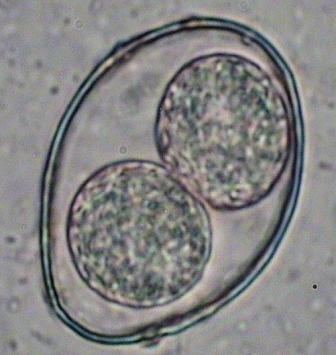
This genus has been recorded worldwide. C. felis and C. rivolta occur in up to 40% of cats in some tropical countries.
Clinical

Clinical signs include watery diarrhea, vomiting, fever and weight loss. The diagnosis is made by microscopic examination of the stool. Distinguishing between the species of Cystoisospora is most easily done with PCR. This method can also be used to make the diagnosis.
Treatment is based on trimethoprim-sulfonamides with clindamycin or toltrazuril for resistant strains.
Prevention
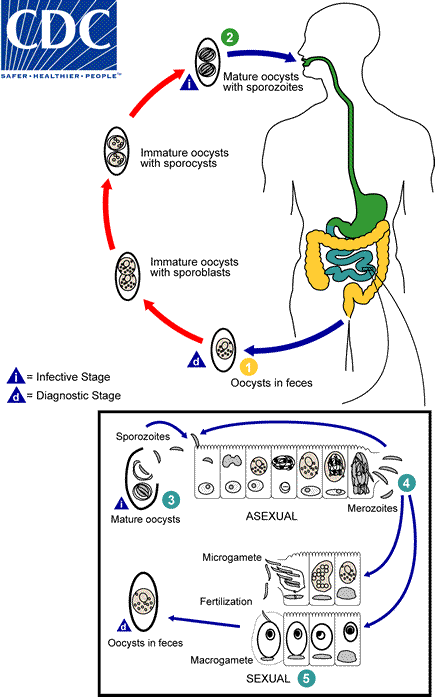
Hygiene on the premises is important in prevention. Good litter tray hygiene is also critical in multi-cat households. Utensils, runs, cages and other implements should be steam-cleaned or washed in boiling water. Because of the importance of paratenic hosts such as cockroaches, insect control is critical.
